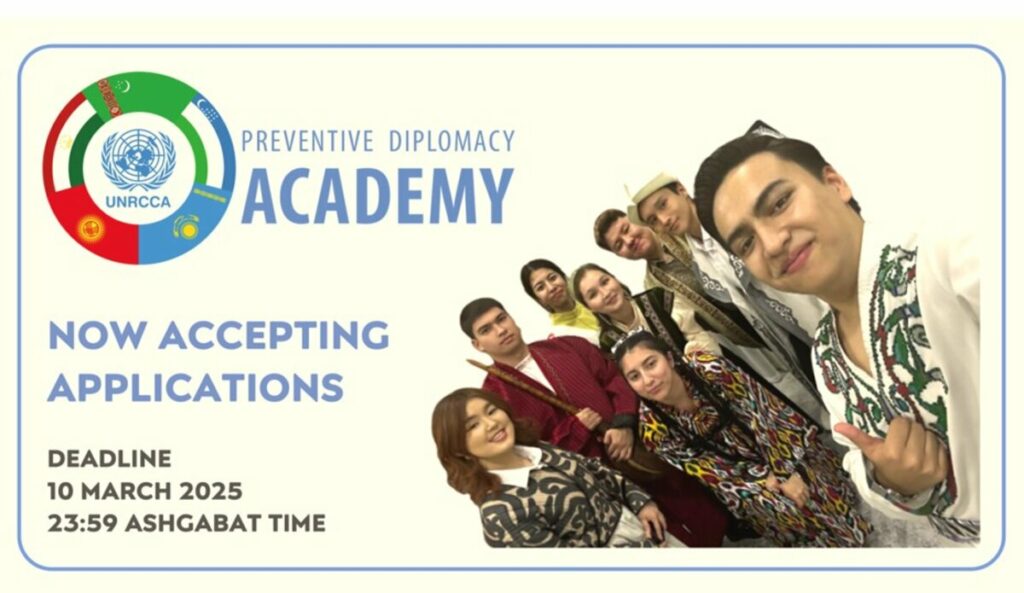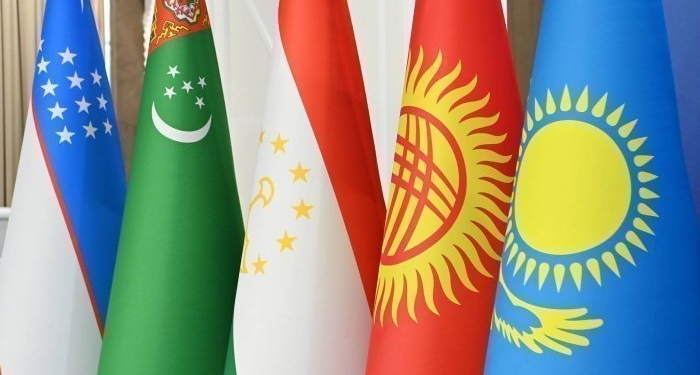Central Asia is experiencing population growth, increasing economic needs and severe water shortages. Experts on the region say that closer coordination between Central Asian governments and international aid organizations is needed to develop critical water infrastructure.

Rivers of Central Asia. Image by Researchgate
Wesley Alexander Hill, a senior policy analyst at the International Center on Tax and Investment, told a recent Atlantic Council forum in Washington that Central Asia’s water problems cannot be resolved without political solutions to regional issues that require a unique degree of regional integration. He explains that the headwaters of the major rivers of Kazakhstan, Kyrgyzstan, Tajikistan, Uzbekistan, and Turkmenistan rely heavily on sources in Russia, China, and Afghanistan. Hill also points to China’s Belt and Road Initiative, which includes investments in Kazakhstan’s water resources, and the construction of the Kosh Tepa Canal in Afghanistan, which threatens to reduce the flow of water from the Hindu Kush to downstream countries like Uzbekistan and Turkmenistan.
Central Asian governments have been seeking water deals with Moscow, Beijing, and Kabul for years. Hill notes that modernizing water infrastructure in these countries offers economic opportunities. He argues that investing in Central Asia’s water infrastructure and resources is not a charity project, but a potentially lucrative venture that could benefit not only Chinese and Russian companies, but also American and European companies, such as in canal reconstruction.
Wilder Alejandro Sanchez, president of Second Floor Strategies, emphasized in his speech the need for “realistic and rational policy recommendations” to achieve water security in Central Asia. He calls on local governments to implement technologies such as water metering systems, drip irrigation, and greywater recycling. Sanchez also calls on policymakers to ensure accountability and transparency, given the well-documented levels of corruption and theft in Central Asia. He suggests that water security projects be monitored by international audit agencies to build public trust.
Atlantic Council panelists also suggested restructuring the region’s Interstate Commission for Water Coordination (ICWC), established in 1992, into a more effective Central Asian Water Council or permanent administrative office. Central Asian governments already have their own initiatives. Tajikistan, for example, is leading the “Dushanbe Water Process,” and Kazakhstan plans to host a Central Asian Water and Environment Summit next year.
Sanchez and his colleagues urge the Central Asian republics, whose representatives attended the forum, to cooperate not only with the United States, but also with European and Asian partners, including the Netherlands, France, South Korea, and Japan. Sanchez acknowledges that achieving unity and cooperation remains a challenge, given regional geopolitics and domestic priorities. He argues that no Central Asian state can achieve full water security and independence without cooperation with its neighbors and significant improvements in water management.
For decades, international organizations and researchers have warned of an environmental catastrophe unfolding in Central Asia, in particular the shrinking of the Aral Sea, which has lost much of its volume since the 1960s. The Caspian Sea, the region’s only remaining large body of water, is also drying up.
Ariel Cohen, a senior fellow at the Atlantic Council who also participated in the discussion, pointed to Central Asia’s deteriorating water infrastructure as a key problem. He notes that large volumes of water are lost due to a lack of modern irrigation technology. Soviet-era canals or even pre-Soviet traditional canals that are simply dug into the ground without any protection against evaporation or dispersion are still in use, he says. Cohen believes that switching to piped water distribution, drip irrigation, and sprinklers would save perhaps 50 percent of water consumption and move the region toward much more sustainable water management.
Experts estimate the cost of the upgrades to be billions of dollars, and the question of where the funding will come from remains open. Cohen suggests that if the funding does not come from the U.S., it will come from elsewhere. At best, he says, the Europeans; at worst, the Chinese. Other analysts who listened to the discussion note that it is unclear whether the Trump administration, with its “America First” policy, would support such involvement.
Wilder Alejandro Sanchez notes that often when discussing U.S.-Central Asia relations, the focus is on the big picture. He believes that there is a need to diversify U.S.-Central Asian engagement. He believes that water security and environmental protection are high-impact initiatives that will not only strengthen ties but also improve the U.S. image in Central Asia. Sanchez says the U.S. wants to be seen as a friend by the people of Central Asia.
Эксперты: водная безопасность Центральной Азии требует общих усилий



